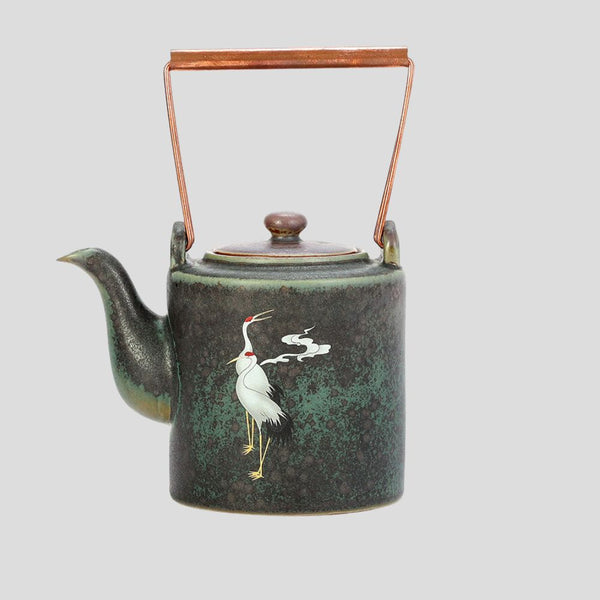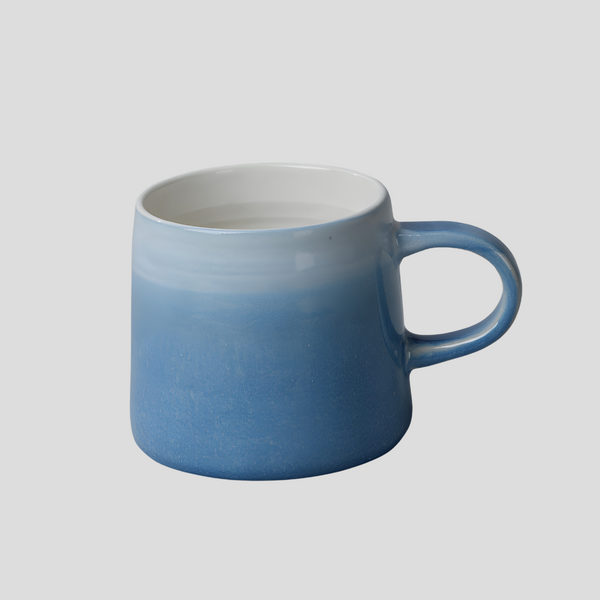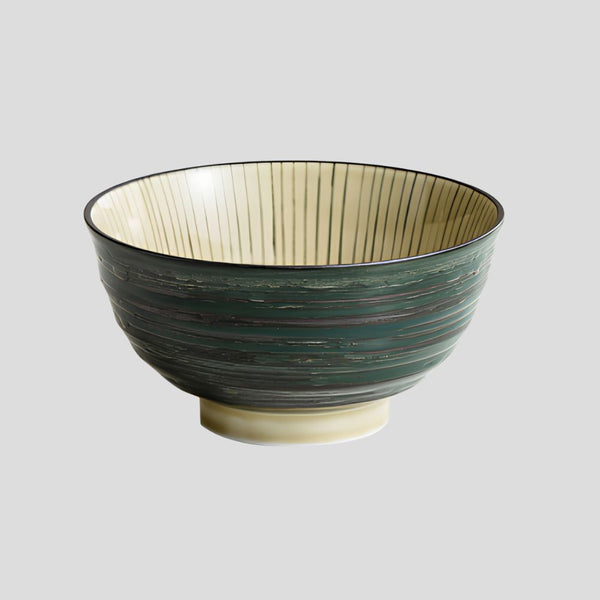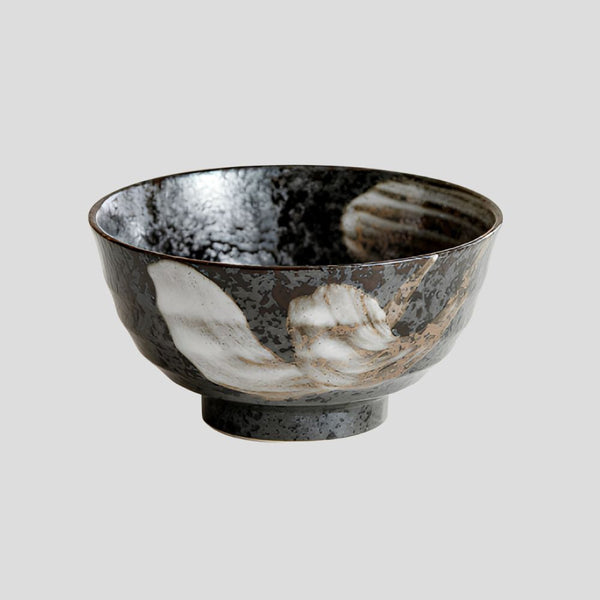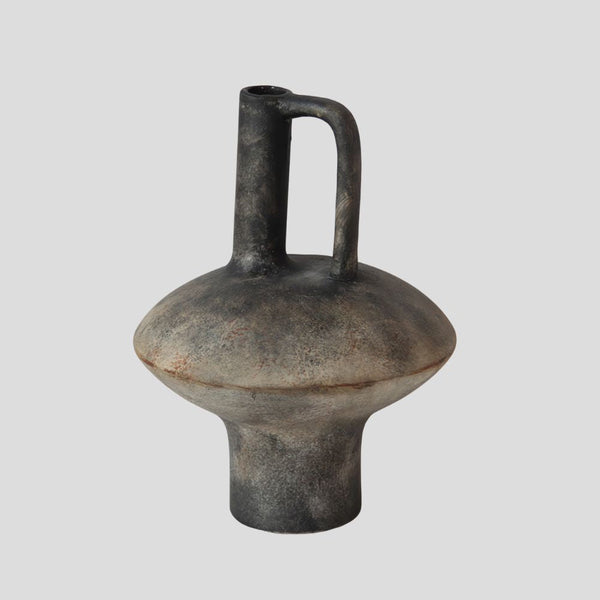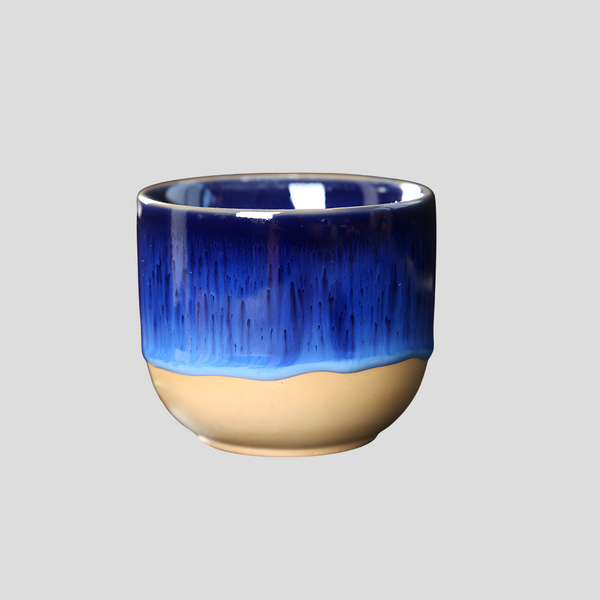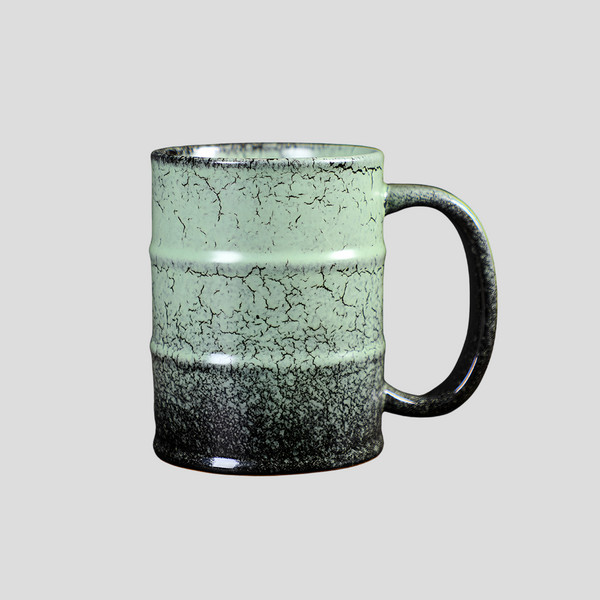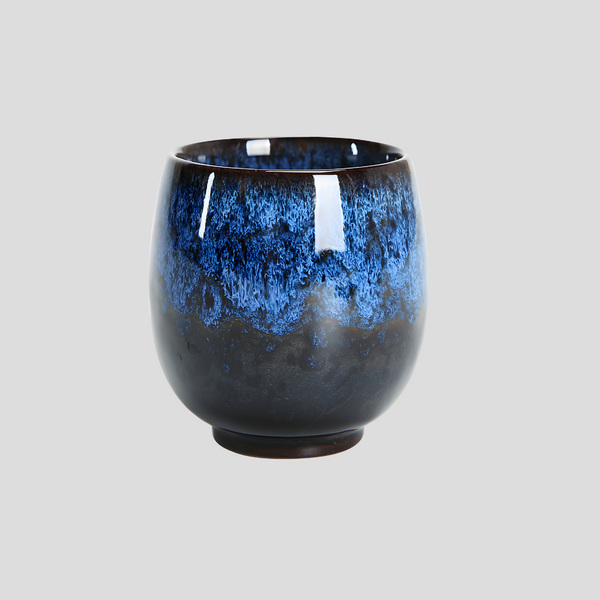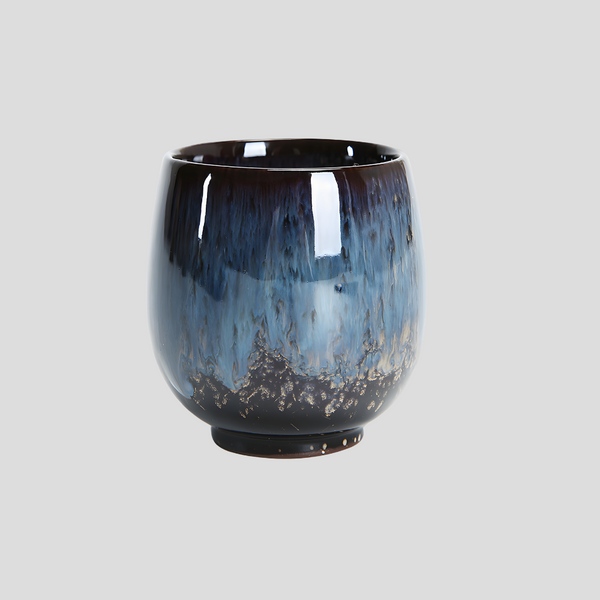
Exploring Thames Ceramics: A Touch of Japan
Exploring Thames Ceramics: A Touch of Japan
In the heart of England's venerable landscapes, there rests an unexpected blend of cultures that marries the rich heritage of British pottery with the delicate aesthetics of Japanese ceramics. This unique fusion is embodied in the works emerging from the Thames River region, where local artisans are not only preserving the timeless tradition of ceramics but also infusing it with a distinctly Japanese touch. This phenomenon, known broadly as Thames Ceramics, is drawing the attention of art enthusiasts and collectors worldwide, eager to explore this cross-cultural artistry.
The Roots of Thames Ceramics
The tradition of ceramics along the banks of the Thames has a history as long and meandering as the river itself. Historically, the region's access to rich clay deposits made it a natural site for the development of pottery and ceramics. Over generations, this craft evolved, reflecting the changing tastes and technologies of the times. However, it was the introduction of Japanese ceramic techniques and aesthetics in the late 20th century that marked a significant turning point. Local artisans, inspired by the beauty and philosophy of Japanese pottery, began to incorporate these elements into their own work, thus giving birth to what is now recognized as Thames Ceramics.
A Blend of Traditions
The hallmark of Thames Ceramics lies in its seamless blend of British and Japanese ceramic traditions. From the shape and form of the pottery to the glazing techniques used, elements of both cultures coalesce into something entirely new yet familiar. Artisans experimenting with this style often cite the Japanese principles of wabi-sabi, an acceptance of imperfection, as a guiding aesthetic. Such an approach contrasts yet complements the sometimes more precise and historical methodologies prevalent in British ceramics. The result is a range of pieces that oscillate between the minimalist elegance characteristic of Japanese pottery and the robust, functional forms often associated with British ceramics.
Innovative Techniques and Sustainability
Artisans involved in Thames Ceramics are not merely content with blending aesthetic traditions; they are also at the forefront of adopting and adapting new techniques. This includes experimenting with locally sourced materials to create unique glazes, or employing sustainable practices that reduce the environmental impact of their craft. Such innovations not only contribute to the distinctiveness of Thames Ceramics but also echo the Japanese pottery tradition's deep connection with nature and the environment.
Where to Explore Thames Ceramics
For those interested in experiencing Thames Ceramics firsthand, there are numerous studios and galleries along the river that showcase these unique creations. Many of these venues offer workshops and demonstrations, allowing visitors to understand the intricate processes involved in creating these ceramics. Additionally, annual pottery fairs and exhibitions provide opportunities to view and purchase pieces, ranging from household items to intricate art, all bearing the distinctive touch of Japan.
Conclusion
The fusion of British and Japanese ceramics along the Thames represents a captivating chapter in the story of artistic evolution. Thames Ceramics illustrate how cultural connections can lead to innovation and beauty, transcending boundaries and creating a new legacy. For those enchanted by the allure of pottery and ceramics, exploring the works emerging from the Thames is undoubtedly a journey worth taking, offering insights into a craft that continues to evolve, reflect, and astonish.
Click this link to check out our ceramic artwork!











